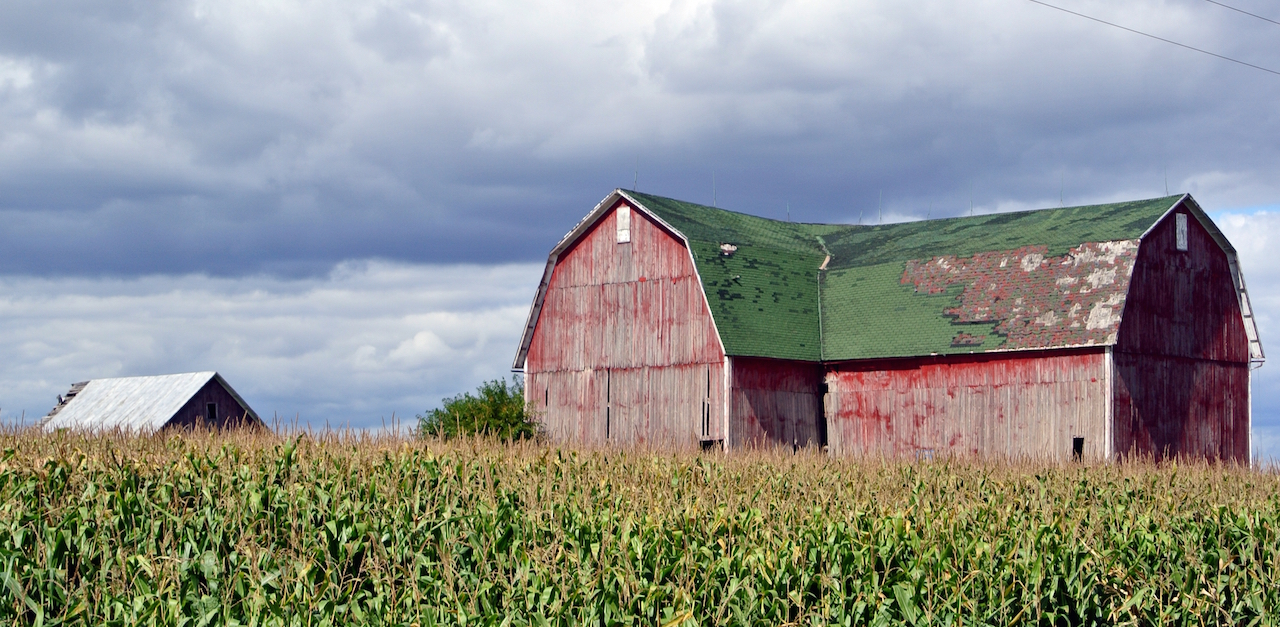
A pretty red barn, set against a snowy backdrop or a field of waving grass, is one of the most iconic American structures around.
Maybe it has to do with nostalgia for our pastoral origins, but barns are a pretty hot commodity these days.
The rustic shabby-chic aesthetic crops up in many Instagram photos, and beautifully quaint barn weddings are a major matrimonial trend from sea to shining sea — especially when amber waves of grain are involved!
Still, I think few of us question the origins of this ubiquitous piece of Americana, even though it doesn’t share much stylistic or architectural vocabulary with other classic American structures.
In fact, there are a number of things we just take for granted that I never considered before, from the red paint job to that sharply peaked roof.
When we looked into the matter, we discovered that there are fascinating, practical reasons for almost every aspect of that oh-so-covetable barn look.
Scroll through the gallery below to learn about the intriguing history behind this quintessential piece of American history!

First of all, what do we mean, exactly, when we call something a "barn"?
It's a pretty broad term, defined by Oxford as, "A large farm building used for storing grain, hay, or straw or for housing livestock."
Essentially, any large agricultural shed falls into the category, which means that a barn might be far more industrial than the bucolic image.
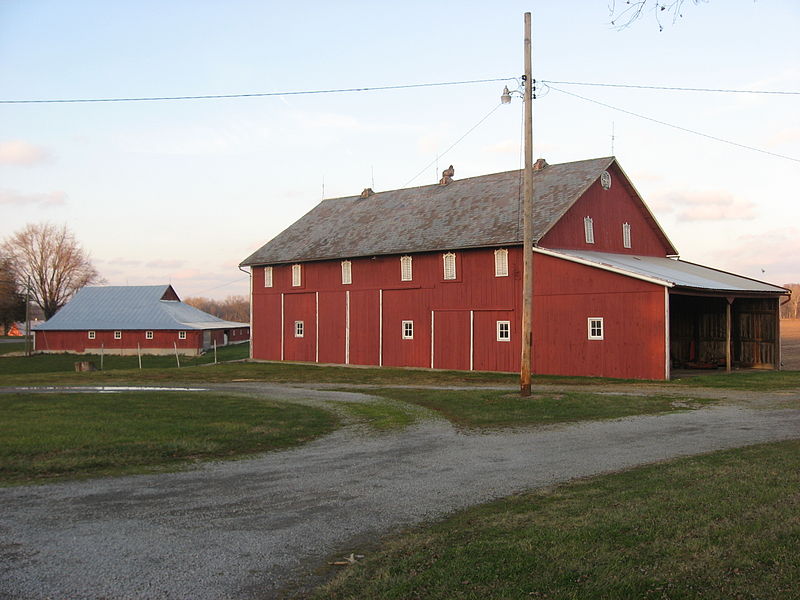
When we're discussing the classic, old-fashioned barn, however, a certain image comes to mind.
Red, slightly crooked, sometimes shabby in a charming way, the best barns call to mind images of cows nestled cozily out of the weather and lofts full of hay bales.
Many of the old-fashioned barns still standing served such a function, doubling as animal shelter and storage for grain and other produce.

Most barns these days are painted a bright red, even the more industrial metal and plastic structures.
This is a throwback to an old tradition with origins that have been slightly obscured over the years, but most likely dates back to colonial weather-proofing techniques.
Some farmers treated their wood with linseed oil — back before American barns were painted — which takes on a slight reddish tinge as it dries.
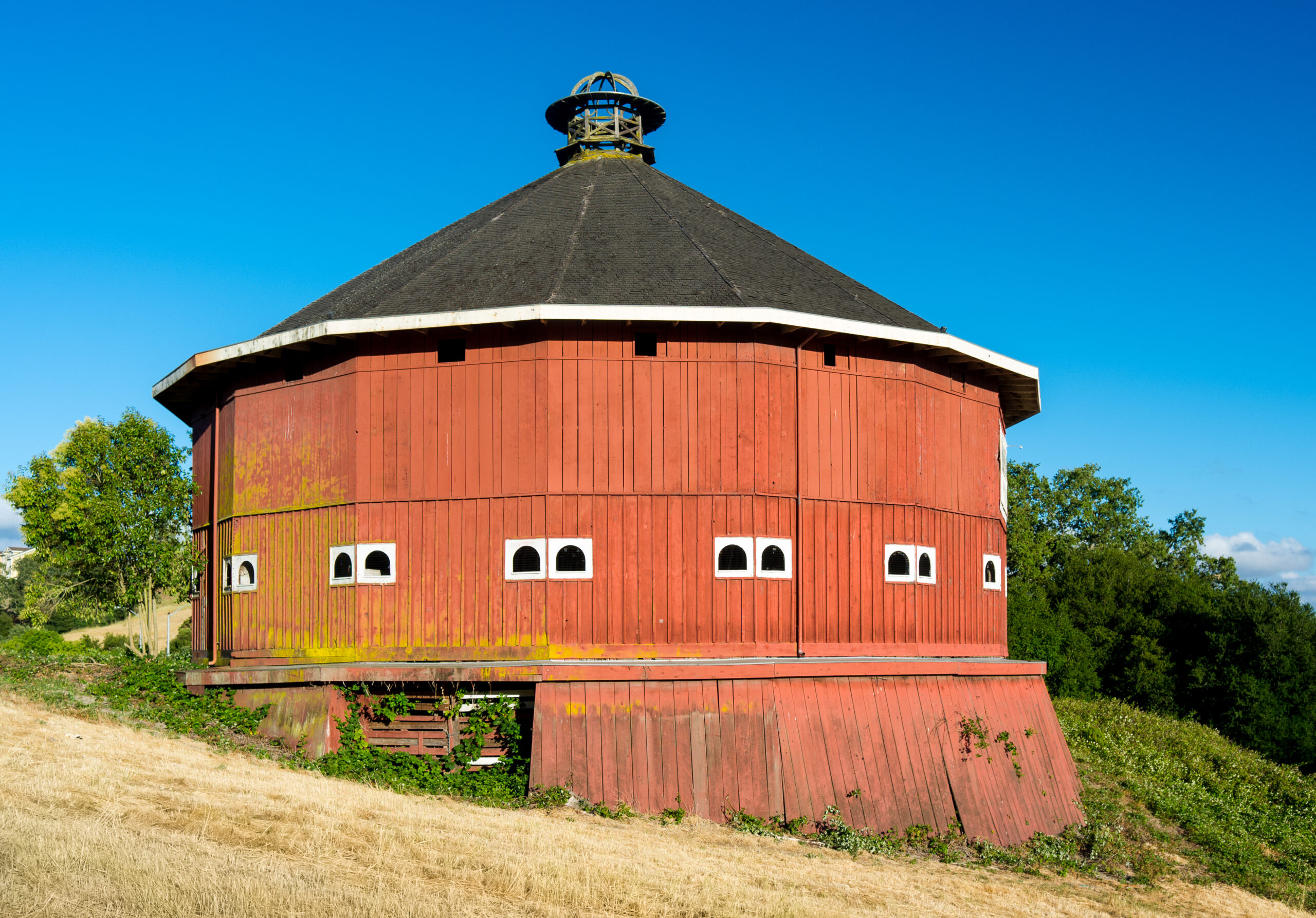
According to Grit, however, the reddish color evolved further from a different source: A handmade paint of lime, skim milk, and red iron-oxide.
This mixture also had linseed oil mixed in frequently to help it absorb more efficiently into the wood.
The mixture created a homemade weatherproof paint that hardened and maintained the wood for up to a decade.

In addition to its practical purposes, the red paint had cultural connotations, as well.
Many of the farmers who came to America during this era were immigrants from Northern Europe, particularly Scandinavia, Germany, and the Netherlands.
In a lot of these cultures, red brick was a sign of wealth, so red barns may have evoked the same prosperity, according to LiveScience.
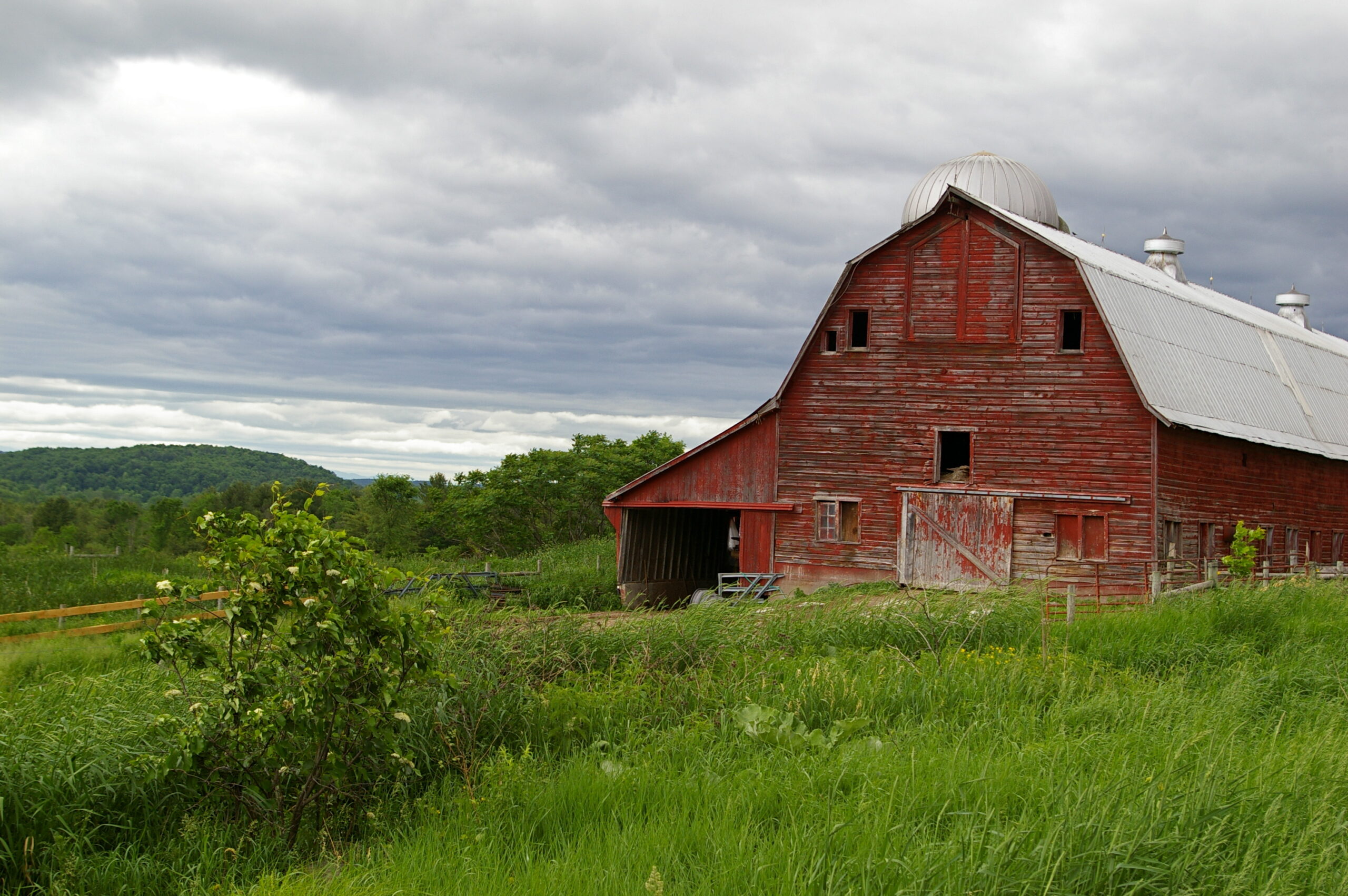
Of course, there are other prevailing theories about the red color of barns.
People used to insist that the red color was the help the cows out at pasture find their way home again at the end of the day.
In fact, cows go by herd instinct and habit, and are actually colorblind.
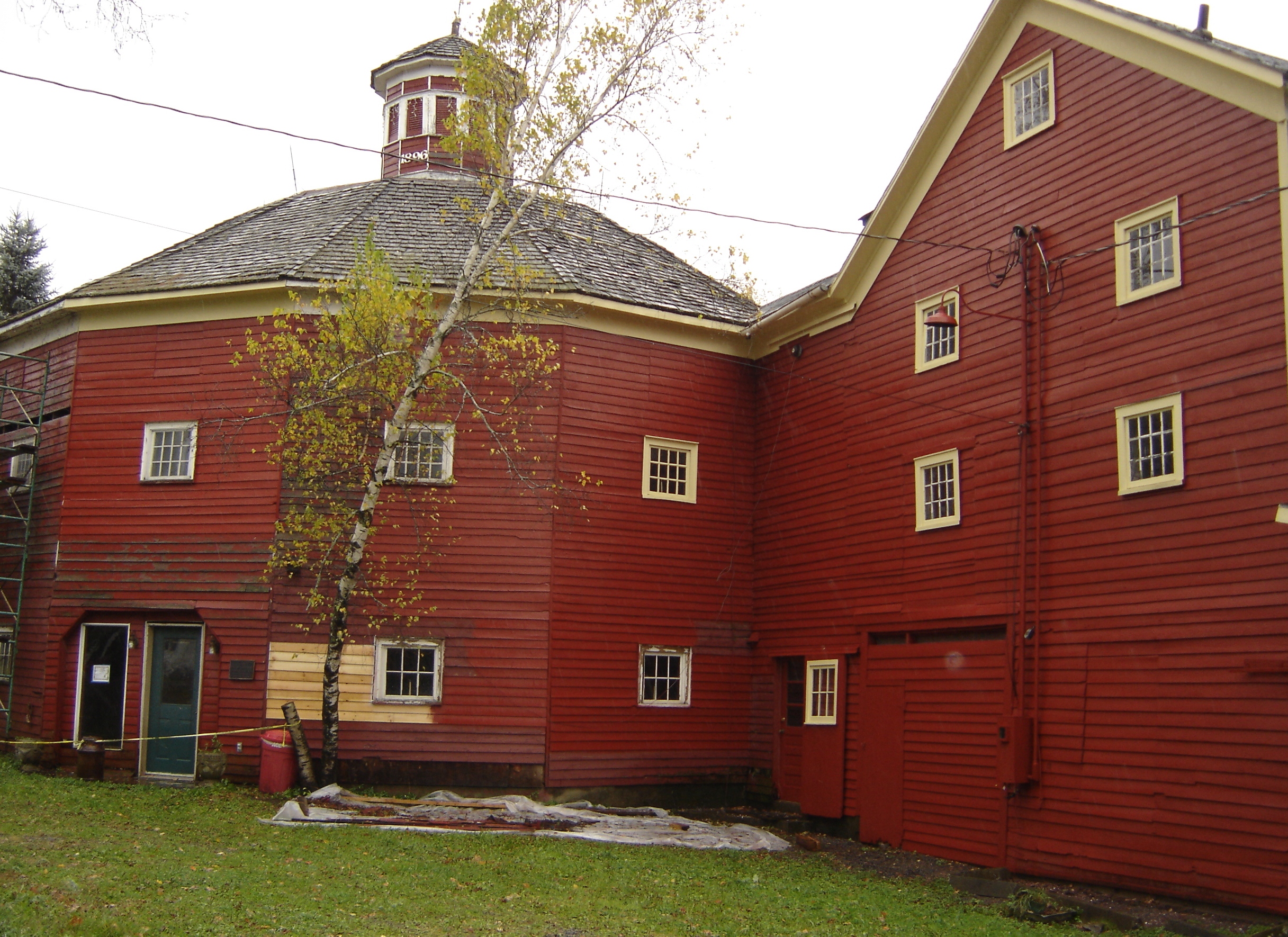
Of course, despite the many theories on how "barn red" originated in the United States, the most incredible part is how it has persisted for years, long after we developed better weather-proofing systems.
According to Smithsonian, it's one-part tradition and one-part practicality. Barn red is the cheapest coat of paint around!
Did you know the fascinating history behind these incredible iconic structures? If you were intrigued to learn all about it, make sure to SHARE on Facebook!




